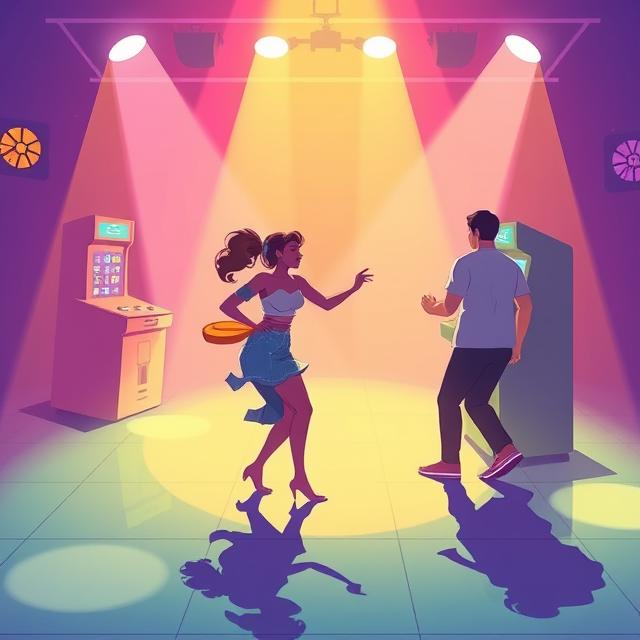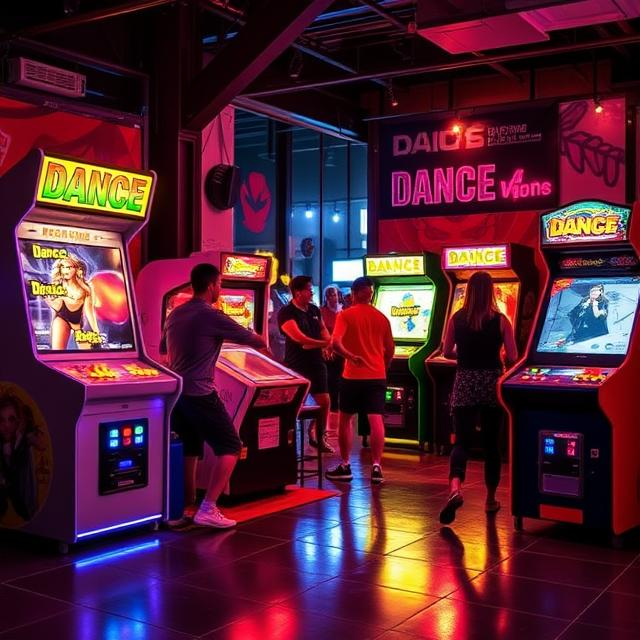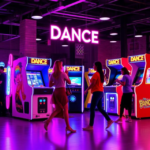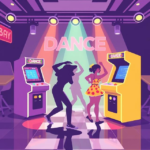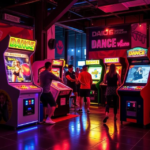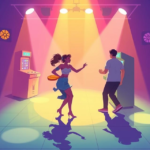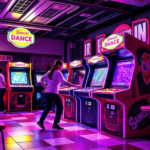Music is an essential component of dance arcade games like Just Dance and Dance Dance Revolution, shaping both the gameplay and the experience. The genres of music chosen for these games directly influence the player’s connection to the game and can significantly impact player engagement and satisfaction.
In Dance Dance Revolution, a wide variety of music genres are represented, including pop, techno, electronic, and classical music. The variety helps appeal to different demographics, from younger players who enjoy contemporary pop hits to older players who might appreciate more classic tunes. This diversity allows DDR to maintain a broad, global audience, as players can find songs that resonate with their personal music tastes.
Just Dance, on the other hand, often focuses on mainstream pop music, with a heavy emphasis on current chart-toppers. However, the game has also included genres like hip-hop, Latin, and rock, catering to a diverse audience while still sticking primarily to popular, recognizable tracks. This strategy makes Just Dance appealing to casual gamers, partygoers, and families who can dance to well-known songs from various eras and artists.
The role of music in dance arcade games extends beyond mere entertainment—it influences the player’s experience. Fast-paced songs with energetic rhythms often lead to high-intensity gameplay, while slower songs offer a more relaxed, less physically demanding experience. Music in dance games can even evoke specific emotional responses, making the experience more immersive. For instance, upbeat tracks with infectious rhythms encourage players to move with enthusiasm, while dramatic music may lead to more calculated and precise movements. In essence, music genres serve as the emotional backdrop for the game, motivating players to dance, exercise, and immerse themselves in the virtual world of rhythm.
